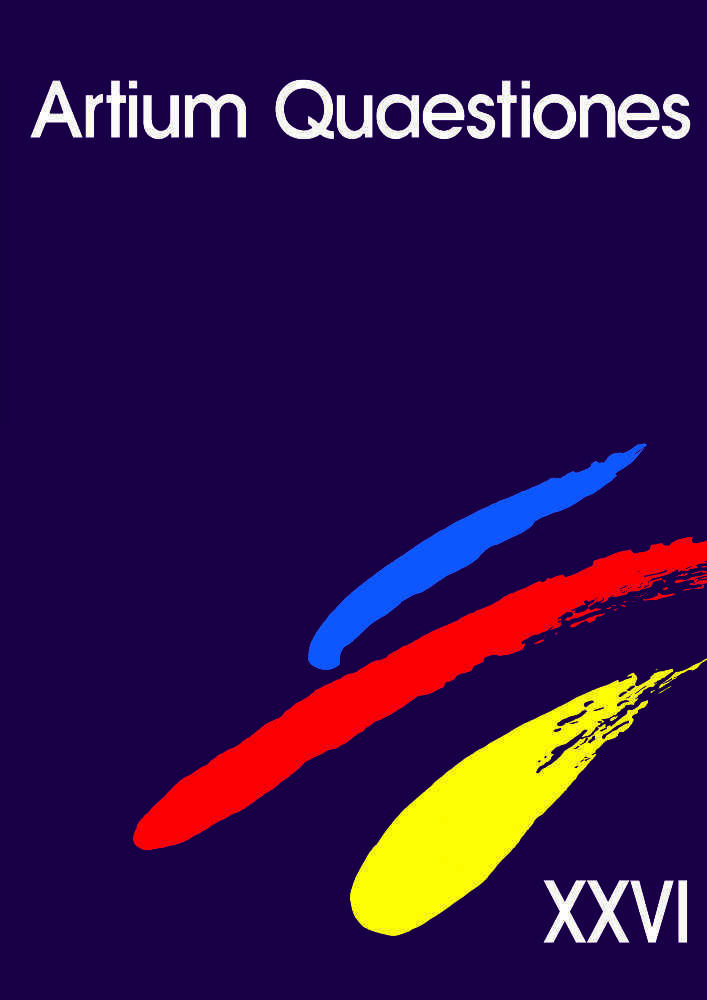Abstract
The bronze statue of Neptune (around 1615–20) in the Long Market (Długi Targ) in Gdańsk unifies two opposed antique prototypes, a contrapposto figure which shows the god Neptune peacefully resting, and a dynamic figure applying the trident, his weapon, in combat. The new combination represents mimetically the changeable nature of the god’ s liquid sphere, the sea. In its artistic invention the statue manifests such an exact knowledge and familiarity with the study of antiquity and the artistic methods from Michelangelo Buonarroti until to Giambologna (Jean Boulogne, 1529– 1608), that we have to look for the artist among those trained in sixteenth Century Florence. Among the works of the Dutch Hubert Gerhard (1550– 1620), trained until to 1581 in Florence in the circle of Giambologna and later active in Augsburg and Munich as a leading Northern Mannerist artist, the Archangel Vanquishing Lucifer (1588) at the facade of St Michael’s Church (M unich) comes most close to the movement expressed in the Gdańsk Ne ptune.
License
Copyright (c) 2023 Albert Boesten-Stengel

This work is licensed under a Creative Commons Attribution-NonCommercial-NoDerivatives 4.0 International License.
The copyrights are regulated by author's statement and publication agreement prepared by Adam Mickiewicz University Press. The authors are responsible for the originality of texts published and regulating the copyrights of accompanying visual materials, unless the materials come from the Editorial Team.
This work is available with the following licence: Attribution-NonCommercial-NoDerivatives 4.0 International License
Attribution-NonCommercial-NoDerivatives 4.0 International License
